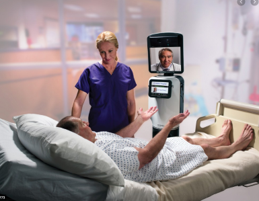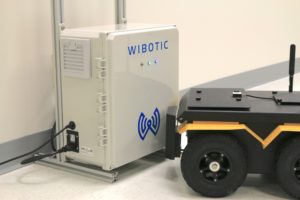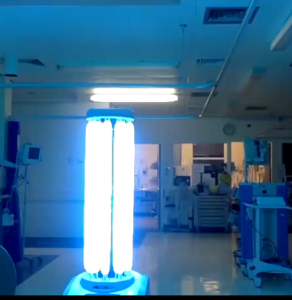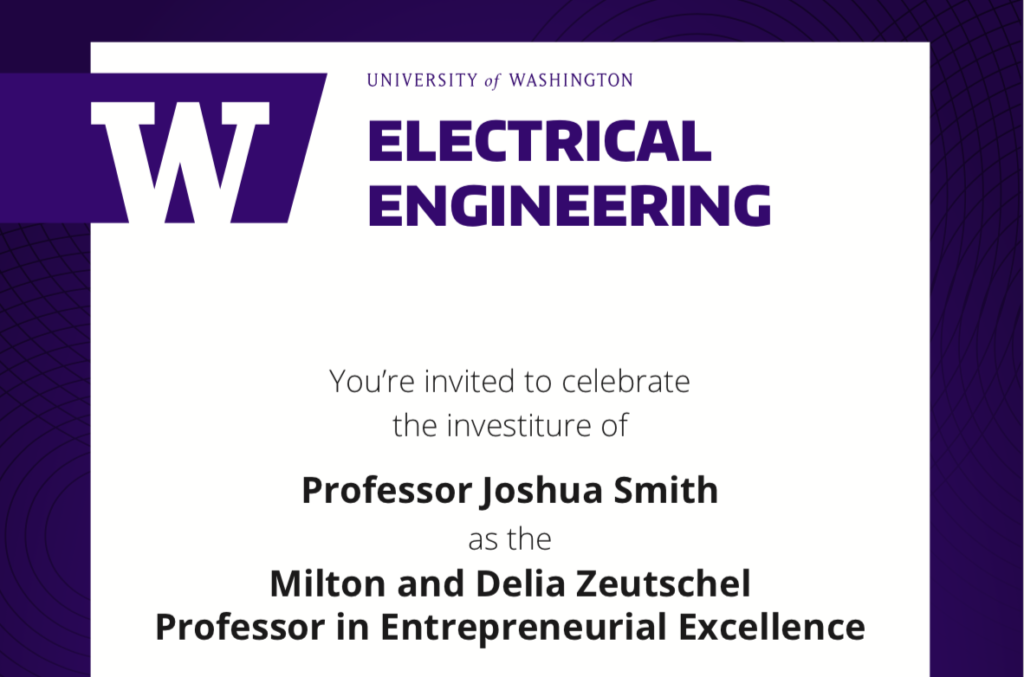WiBotic Wireless Charger Now Compatible with New NVIDIA Jetson Modules
WiBotic is pleased to announce the availability of a CAN Bus communications link between our Onboard Chargers and NVIDIA’s newest processors for robotics applications.
NVIDIA® Jetson AGX Xavier™ sets a new bar for compute density, energy efficiency, and AI inferencing capabilities on edge devices, and Jetson Xavier™ NX brings supercomputer performance to the edge in a small form factor system-on-module (SOM). For this reason, Jetson has become an extremely popular platform for sensor-intensive robot navigation and control, synthesizing data and responding to environmental factors with blazing speed.
When it comes to battery charging, though, most robot controllers just aren’t that smart. Blindly returning to the charging station when the battery runs low, robots simply accept whatever voltage and current the charging dock provides. This process happens over and over, cycle after cycle, with little regard for how charging is affecting the battery or the efficiency of the entire robot fleet. You could say it’s like eating the same food at every meal, for life. Boring, and not particularly healthy.
WiBotic changes that paradigm with intelligent wireless charging hardware and Fleet Energy Management software that charges batteries intelligently to maximize both battery life and robot fleet uptime.
For instance, most chargers are hard-wired to reach 100% State of Charge (SOC) at the end of each cycle. They often do this by sending as much current as possible regardless of the battery’s age or condition. This type of “traditional” charging might be OK if the robot must return to service right away, but it’s a recipe for quickly degraded batteries and high battery replacement costs, especially where large fleets of robots are deployed.
In contrast, WiBotic’s intelligent chargers are designed to communicate directly with the robot controller to make better charging decisions. For instance, if the robot naturally pauses during the workday, why not take those opportunities to find the nearest charger for a quick top-off? If you have all night to charge, why degrade the battery by blasting it with the maximum charge current? And if your robots are already operating all day on a single charge, why not experiment with an 80% or 90% max charge level? You’ll still complete the necessary work but may get hundreds more charge cycles from the same batteries.
With CAN Bus support built into NVIDIA® Jetson AGX Xavier™ and Xavier NX™, and a wide range of available carrier boards for simple hardware integration, we knew it would be easy to implement the above features – and it was! WiBotic also offers (ROS) drivers and a powerful Onboard API to make the integration process even simpler.
In short, once communication between Xavier and the WiBotic Onboard Charger is established, operators can finally make intelligent charging decisions to maximize productivity from each robot. Apply these capabilities across a fleet of 10s or 100s of robots and now you’re talking real Fleet Energy Management!
Contact us if you’d like to learn more. We’re always happy to help customers put their robots on a more balanced diet!





